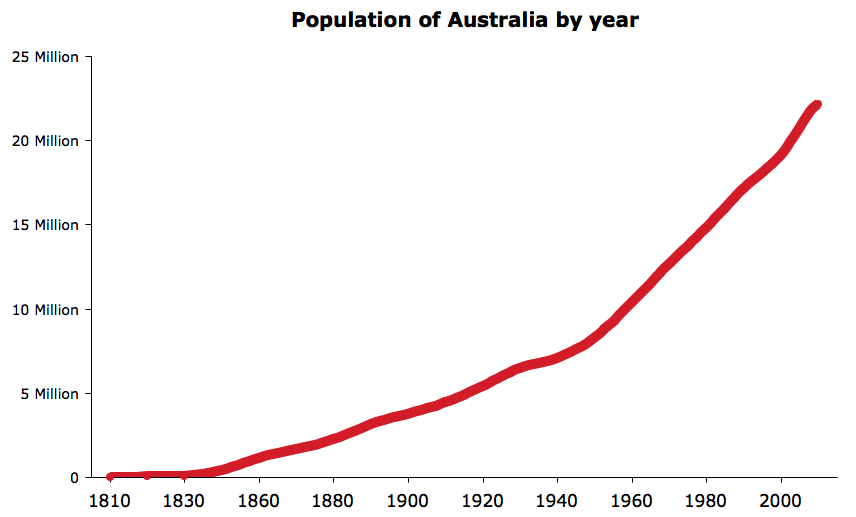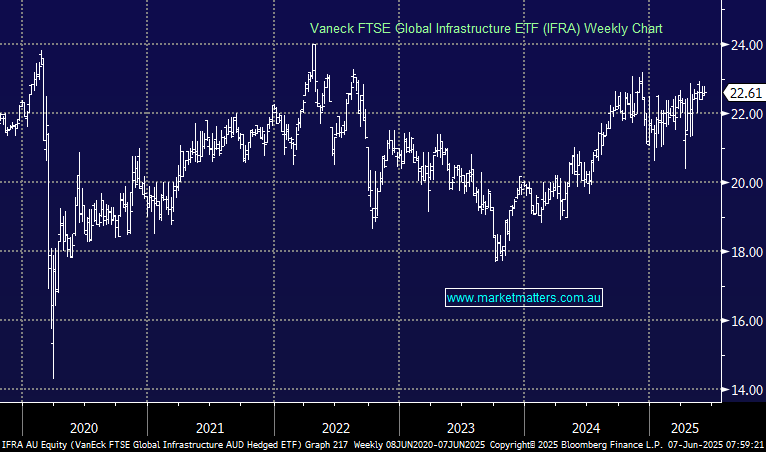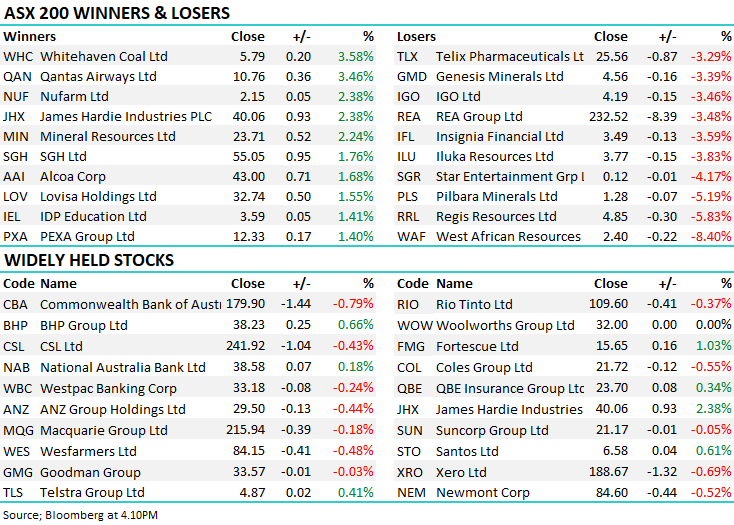Australia’s population boom is forecast to continue for decades with record migration driving at least 1.2% annual growth through 2050, which equates to over 300,000 people per year and rising. Fast migration will also help slow the ageing of the population, by 2050, the median age of Australians is expected to be 41.8 years, a significant ~5 years younger than the OECD. The press is currently full of what increasing migration and its implications mean, today, we have extrapolated these thoughts from an equities standpoint.
- Dan Andrew has just announced plans to build 80,000 new homes per year over ten years in Victoria, but it will require 50,000 more workers.
- We believe there are clearly some flaws in his plan to reduce Australia’s housing crisis, but at least action is being taken with Airbnb set to be one initial loser.
Australia’s economy is on a relatively strong path compared to overseas economies. However, slowing productivity growth is likely to keep GDP growth slightly lower than in recent decades. For inflation, short-term migration could boost CPI, but over the longer term migration should boost skills and suppress inflation, the benefits of some short-term pain should be enjoyed in the years ahead.
- Australian labour shortages are set to improve over the coming years, but it is set to be at a cost until we start building fresh housing at a rapid rate.
An increasing Australian population will ultimately lead to increased money flow into stocks and, by definition, support valuations as the growing pool of workers will likely further swell Australia’s pension fund assets to a colossal ~A$14 trillion by 2050, with a younger workforce likely to see asset allocations remain favourable toward stocks. We don’t believe the subsequent growth is currently priced into equities with the implied medium-term earnings growth for the ASX200 of just under 4.0% per annum over the next decade, comparing favourably to GDP estimates of around ~5.3% p.a. over the same period.
- We believe equities remain a favourable investment thesis over the coming decade.
Real Estate is the clear long-term beneficiary of population growth, as more people equate to increased demand for housing. Discretionary Retailers and Financials are also favourably leveraged to swelling customer bases, as are the online classified stocks within the Communication Services sector. This morning, we have looked at four stocks that should benefit from the looming population boom – not an easy pick with many companies likely to benefit and, in our opinion, not fully appreciating the upside from population growth
From a top-down perspective, our preferred sectors are as follows:
- Real Estate, building materials, discretionary retailers and financials.
We have deliberately singled out four stocks that currently don’t reside in our MM Flagship Growth Portfolio. However, subscribers should note that the benefits from Australia’s booming population will flow through at a varying pace. e.g. Real Estate, arguably the biggest long-term winner, is likely to see less benefit short term due to the longer lead times and regulatory hurdles that the home building and construction industries currently face, although these look set to improve.

















